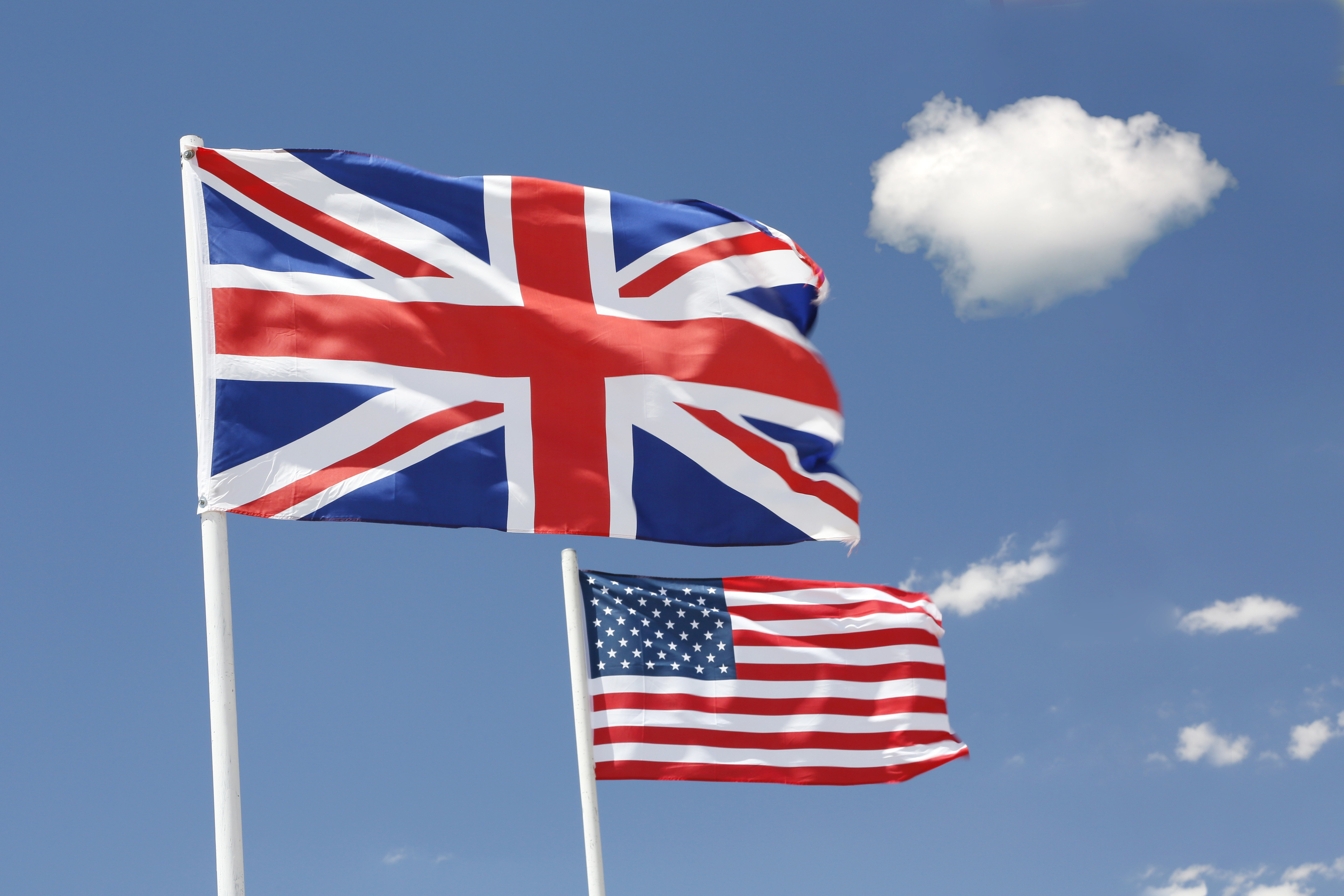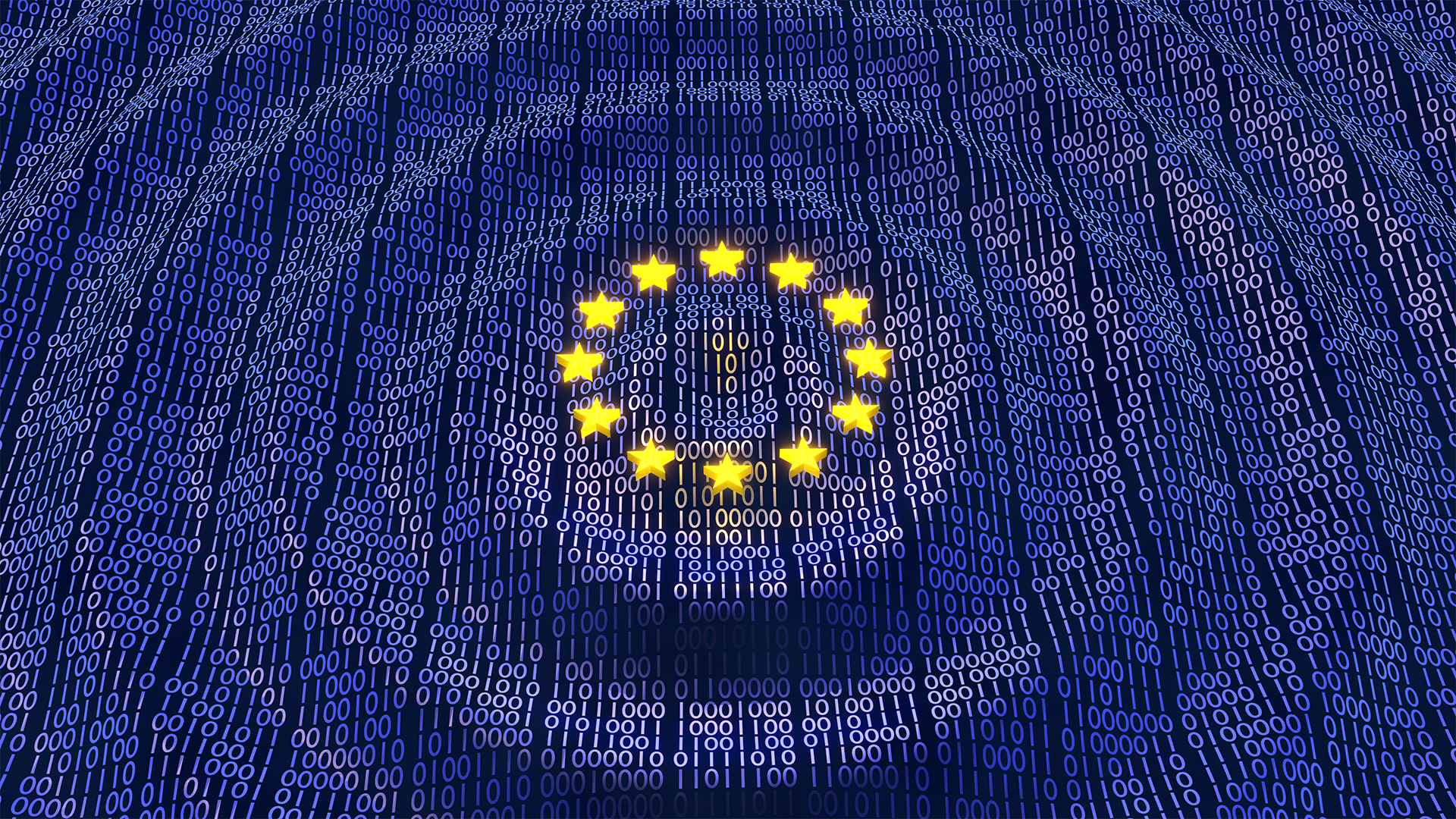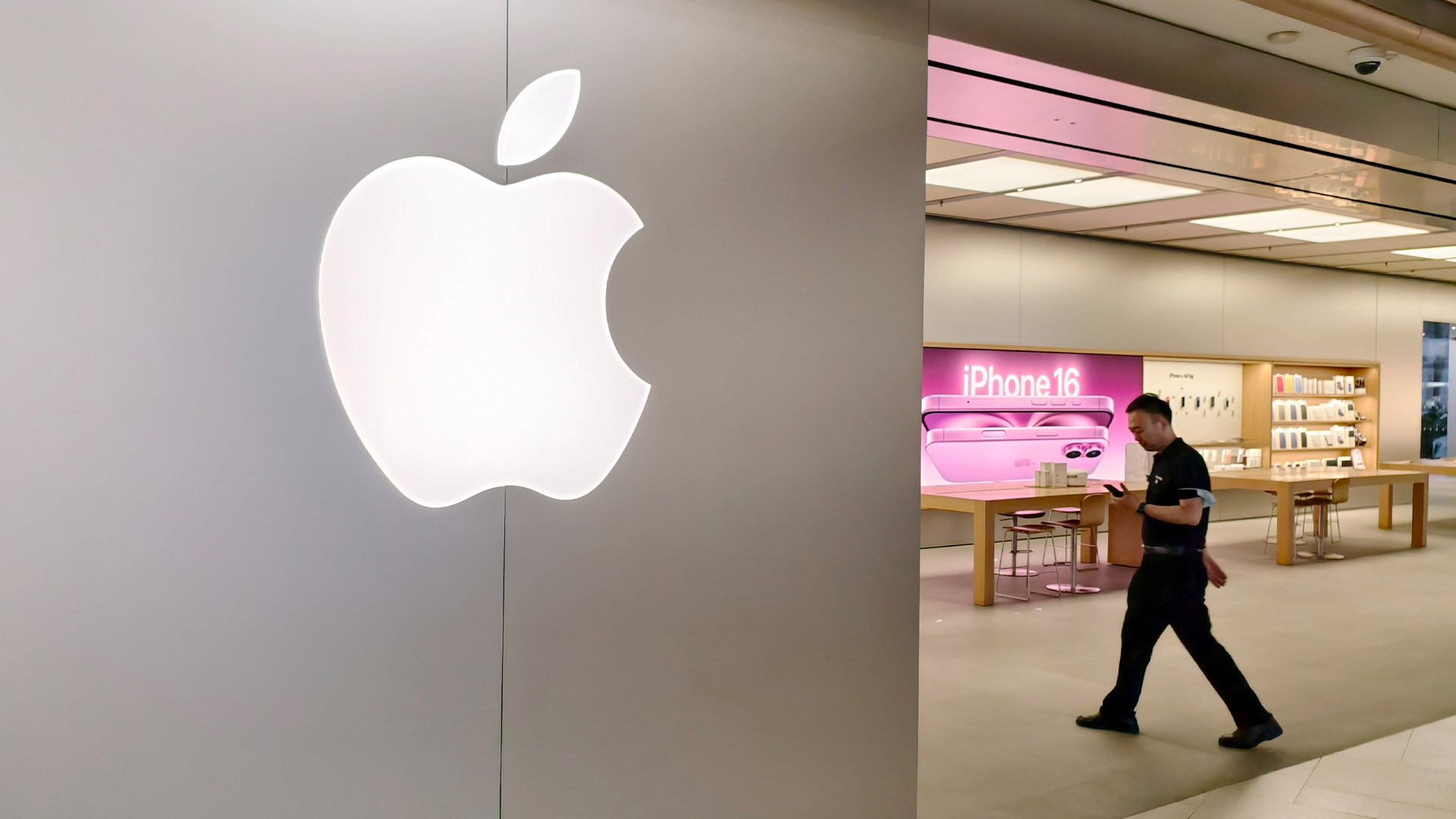US-UK data bridge: Everything you need to know
The US-UK data bridge will ease the complexity of transatlantic data transfers


The US-UK data bridge marks a major step toward easing the complexity of transatlantic data transfers, experts say.
Coming into effect officially on October 12, the US-UK data bridge forms part of the EU-US Data Privacy Framework, which permits the flow of EU-based data to the United States under certain conditions.
The framework was formally adopted by EU lawmakers in July 2023, and replaces the EU-US Privacy Shield, which was deemed invalid by the European Court of Justice in 2020 amidst data privacy concerns.
In June 2023, the UK and US reached an agreement in principle to extend the Data Privacy Framework, creating the data bridge between the two countries.
Sarah Pearce, partner at the Hunton Andrews Kurth law firm, says the introduction of the data bridge will create a more flexible and streamlined business environment for organizations operating on both sides of the Atlantic.
“It’s fair to say that the EU-US Data Privacy Framework – and the add-on UK-US data bridge – represent critical steps forward in easing the current complexity of transatlantic data transfers and should be heralded as a success,” she says.
RELATED RESOURCE

Cyber-resilient infrastructure starts with server security
Transform revenue operations through data-driven decision-making.
DOWNLOAD FOR FREE
Charlie Bromley-Griffiths, corporate counsel at Conga, echoes Pearce’s comment, but warns that businesses will be forced to assign a greater focus to data management and protection from now on.
Sign up today and you will receive a free copy of our Future Focus 2025 report - the leading guidance on AI, cybersecurity and other IT challenges as per 700+ senior executives
“This sets the tone for the future of business. From here onwards, enterprises will need to be scrupulous with their data management and ensure they have the right measures in place to comply with the new regulations.
“A lot has changed in the last year, with the Electronic Trade Documents Act, [Northern Ireland] Protocol data sharing agreement and the Schrems II legislation all coming into effect; organizations will need to review their data architecture and contract clauses with their customers and partners.”
The US-UK data bridge explained
The data bridge essentially permits the flow of UK data to another country without the need for further safeguards, according to the UK government.
In this instance, the data bridge takes into account the level of protection provided by the recipient country – the US – and its handling of UK data.
The UK government is satisfied current US data protection and privacy regulations are adequate to support the data bridge, and that personal data will be protected to a level on-par with the Data Protection Act 2018.
“The US data bridge will ensure that high standards of protection for personal data are maintained when the data is sent to certified US organisations,” the government said in an explainer on the issue. “Any US company that elects to receive UK data under the data bridge will be required to maintain those standards.”
Initially, concerns around data protection and privacy practices in the US were a key stumbling block for EU regulators, especially the potential use of data for surveillance purposes.
Long-term, the UK government believes the establishment of the data bridge will unlock growth for businesses, enabling them to share information for research and support science and innovation in both the UK and US.
US-UK data bridge: Lingering concerns
Pearce said that questions surrounding the data bridge still remain, particularly among privacy rights campaigners such as Max Schrems.
The campaigner has argued that changes made to US data privacy rules to accommodate for the framework “do not address fundamental surveillance issues”, Pearce added.
“It’s very likely that this type of criticism will provide ammunition to potential [legal] challenges, and we should expect that the courts will, again, be asked to assess whether the new safeguards are sufficient to be considered essentially equivalent to the safeguards in the EU and the UK,” she said.
“Schrems has already publicly stated he will appeal the adequacy decision in respect of the framework,” Pearce added. “Whether such challenges will be successful, however, is another matter.”

Ross Kelly is ITPro's News & Analysis Editor, responsible for leading the brand's news output and in-depth reporting on the latest stories from across the business technology landscape. Ross was previously a Staff Writer, during which time he developed a keen interest in cyber security, business leadership, and emerging technologies.
He graduated from Edinburgh Napier University in 2016 with a BA (Hons) in Journalism, and joined ITPro in 2022 after four years working in technology conference research.
For news pitches, you can contact Ross at ross.kelly@futurenet.com, or on Twitter and LinkedIn.
-
 Trump's AI executive order could leave US in a 'regulatory vacuum'
Trump's AI executive order could leave US in a 'regulatory vacuum'News Citing a "patchwork of 50 different regulatory regimes" and "ideological bias", President Trump wants rules to be set at a federal level
-
 TPUs: Google's home advantage
TPUs: Google's home advantageITPro Podcast How does TPU v7 stack up against Nvidia's latest chips – and can Google scale AI using only its own supply?
-
 Three things you need to know about the EU Data Act ahead of this week's big compliance deadline
Three things you need to know about the EU Data Act ahead of this week's big compliance deadlineNews A host of key provisions in the EU Data Act will come into effect on 12 September, and there’s a lot for businesses to unpack.
-
 The second enforcement deadline for the EU AI Act is approaching – here’s what businesses need to know about the General-Purpose AI Code of Practice
The second enforcement deadline for the EU AI Act is approaching – here’s what businesses need to know about the General-Purpose AI Code of PracticeNews General-purpose AI model providers will face heightened scrutiny
-
 Meta isn’t playing ball with the EU on the AI Act
Meta isn’t playing ball with the EU on the AI ActNews Europe is 'heading down the wrong path on AI', according to Meta, with the company accusing the EU of overreach
-
 ‘Confusing for developers and bad for users’: Apple launches appeal over ‘unprecedented’ EU fine
‘Confusing for developers and bad for users’: Apple launches appeal over ‘unprecedented’ EU fineNews Apple is pushing back against new app store rules imposed by the European Commission, suggesting a €500m fine is a step too far.
-
 Apple, Meta hit back at EU after landmark DMA fines
Apple, Meta hit back at EU after landmark DMA finesNews The European Commission has issued its first penalties under the EU Digital Markets Act (DMA), fining Apple €500 million and Meta €200m.
-
 ‘Europe could do it, but it's chosen not to do it’: Eric Schmidt thinks EU regulation will stifle AI innovation – but Britain has a huge opportunity
‘Europe could do it, but it's chosen not to do it’: Eric Schmidt thinks EU regulation will stifle AI innovation – but Britain has a huge opportunityNews Former Google CEO Eric Schmidt believes EU AI regulation is hampering innovation in the region and placing enterprises at a disadvantage.
-
 The EU just shelved its AI liability directive
The EU just shelved its AI liability directiveNews The European Commission has scrapped plans to introduce the AI Liability Directive aimed at protecting consumers from harmful AI systems.
-
 A big enforcement deadline for the EU AI Act just passed – here's what you need to know
A big enforcement deadline for the EU AI Act just passed – here's what you need to knowNews The first set of compliance deadlines for the EU AI Act passed on the 2nd of February, and enterprises are urged to ramp up preparations for future deadlines.
